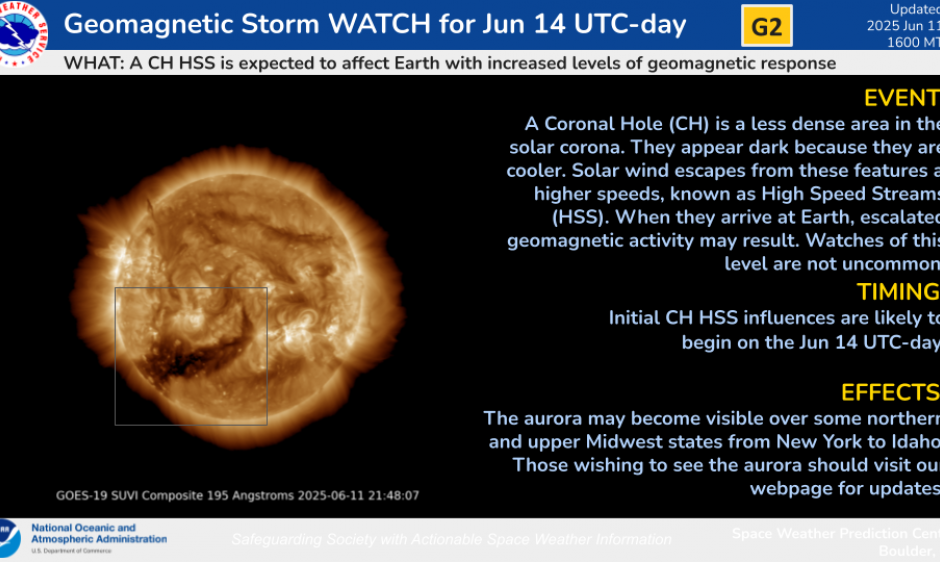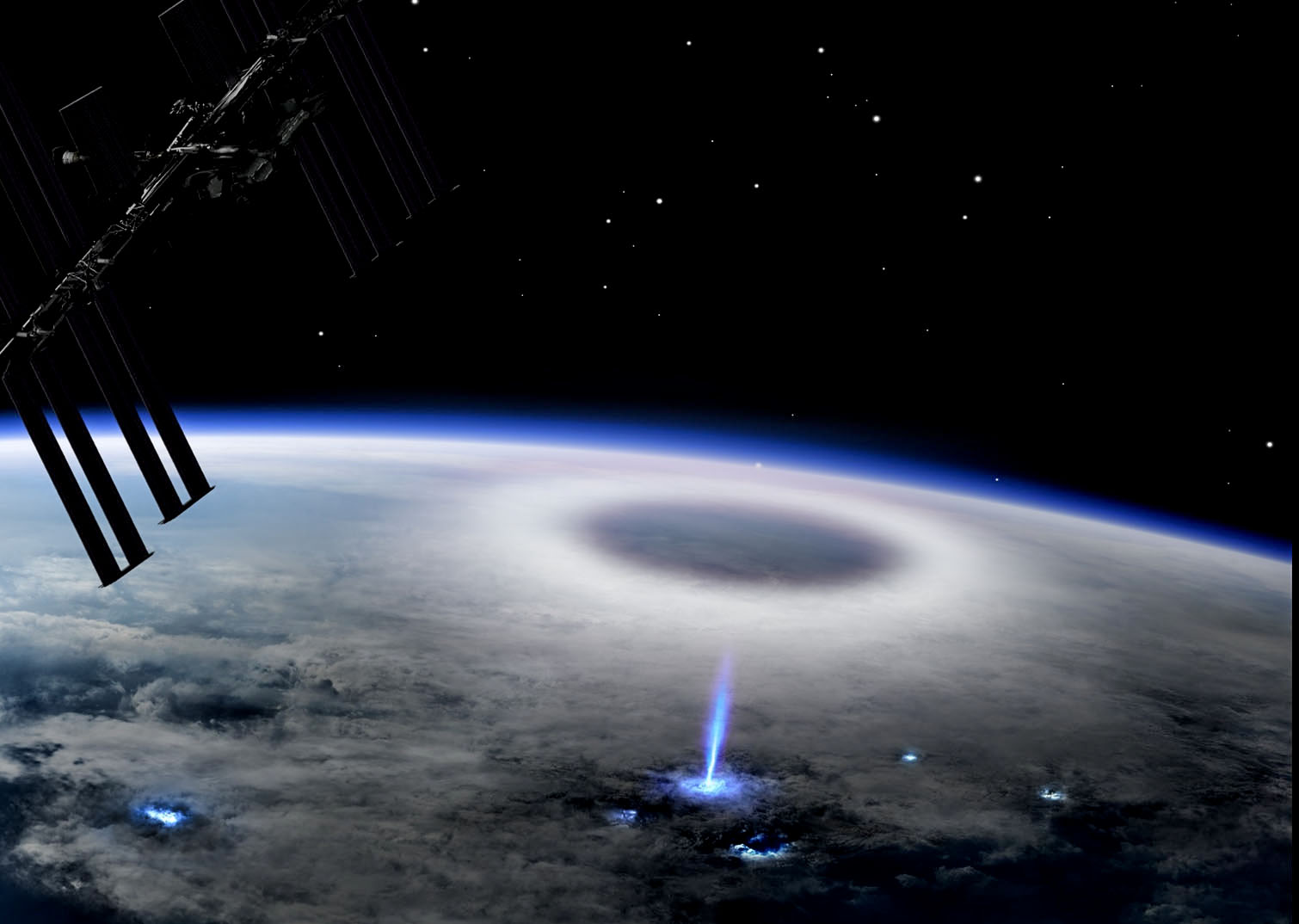The universe is a huge place, but it is full of wondrous sights like nebulas and galaxies. Sometimes finding these jewels of the night sky is tricky, but the Unistellar eVscope 2 makes it a breeze, and it’s a whopping $570 off for Father’s Day. You can get the Unistellar eVscope 2 smart telescope on sale right now at Unistellar for $4249. Unistellar is well known for producing high-quality smart telescopes that not only find your chosen target, but also image it for you so you can keep your views…
Read MoreDay: June 12, 2025
An entrepreneur wants to build a giant net to catch spacecraft landing on the moon, but can it be done?
Greece-based entrepreneur has a unique idea for moon-bound deliveries: using a giant net to catch packages launched from lunar orbit. Although there are still many hurdles to clear, the system would address many of the key challenges for moon-bound deliveries and could aid in the future mining of lunar resources. Right now, lunar landers are costly, especially when they fail. Rather than using landers for deliveries to the moon’s surface, Charis Kosmas has developed a concept called the Momentum Absorption Catcher for Express Deliveries on Non-Atmospheric Somata (MACEDONAS). It works…
Read MoreAurora alert! Moderate geomagnetic storm could spark northern lights as far south as New York and Idaho on June 14
The National Oceanic and Atmospheric Administration’s (NOAA) Space Weather Prediction Center (SWPC) has issued a geomagnetic storm warning for June 12 due to incoming turbulent space weather. Geomagnetic storms are classified using a G-scale, which ranks their intensity from G1 (minor) to G5 (extreme). That’s good news for aurora chasers! The predicted G2-level storm could bring northern lights as far south as New York and Idaho, provided conditions align. However, with the northern hemisphere nearing the summer solstice on June 20-21, extended daylight hours mean less time for aurora viewing,…
Read MoreStudying Storms from Space Station
3 Min Read Studying Storms from Space Station An artist’s impression of a blue jet as observed from the space station. Credits: Mount Visual/University of Bergen/DTU Science in Space June 2025 Scientists use instruments on the International Space Station to study phenomena in Earth’s ionosphere or upper atmosphere including thunderstorms, lightning, and transient luminous events (TLEs). TLEs take many forms, including blue jets, discharges that grow upward into the stratosphere from cloud tops, and colorful bursts of energy above storms called Stratospheric/Mesospheric Perturbations Resulting from Intense Thunderstorm Electrification or SPRITES.…
Read More


